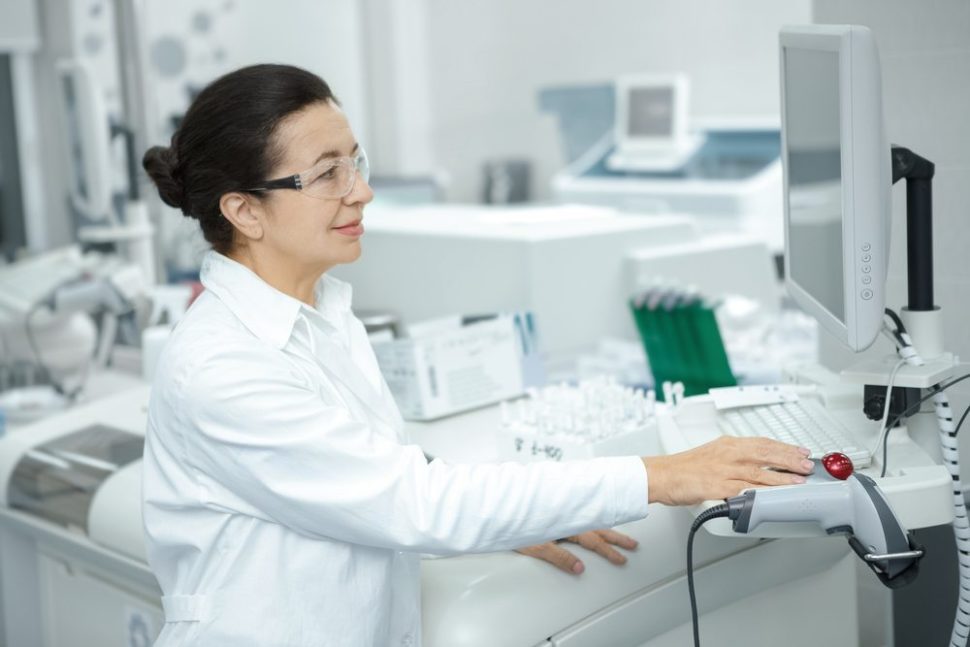Stanford scientists have developed a new technology to manufacture multifunctional and reusable “labs on a chip.” Extremely low-cost, this chip will reduce the cost and time required for clinical diagnosis of many life-threatening diseases.
Most of the work associated with disease diagnosis takes place in a lab. This often requires expensive machines that are prone to malfunction. In developing countries where physicians combat epidemic outbreaks, the high-cost of diagnosis often leads to high incidence and bad patient outcomes.
#Stanford scientists created a #labonachip that can #diagnose for #penniesClick To TweetLab on a Chip: A Laboratory That is as Cheap and Small as a Penny
A team of researchers at Stanford University School of Medicine developed a technology to manufacture a “lab on a chip” that can conduct tasks normally reserved for a full-size laboratory.

Straight out of Honey, I Shrunk the Kids, the tiny lab can reveal the secrets of almost any sample. According to a paper on the technology, published online in the Proceedings of the National Academy of Sciences, it takes only 20 minutes and one cent to produce one Lab on a Chip, using an ordinary inkjet printer.
Here’s a fun fact: At a production cost of about $0.01 per unit, this lab is actually less expensive to produce than a penny. It cost $1.50 to produce a penny in 2016.
The Lab on a Chip is made possible with the combination of microfluidics, electronics, and inkjet printing technology.
The system consists of two parts:
- a silicon microfluidic chamber to host cells and an electronic strip, and
- a conventional inkjet printer to print the electronic strip onto a polyester sheet with a conductive nano ink that’s commercially available.
Instead of the fluorescent or magnetic cell labeling of conventional laboratory diagnostic processes, the lab-on-a-chip analyses different types of cells and isolates them based on their intrinsic electrical properties.
Nano-Diagnosis to end Cumbersome and Costly Diagnosis
In addition to being cheap and easy to produce, the portability of these penny-sized labs will facilitate the detection of infectious diseases in real-time, especially in poor areas in the world where access to laboratories is difficult. For perspective, a flow cytometer, which counts and sorts cells like the Lab on a Chip in conventional laboratories, can cost over $100,000.
Clinicians will have at their disposal a multifunctional and rapid micro-lab that can repeat experiments at very small scale, without the need for expensive, high-end equipment.
As we continue to transition into Industry 4.0 and connecting via the Internet of Things, existing infrastructures will be leveraged to produce more efficient results. The Lab on a Chip, by using ubiquitous materials like silicone and multi-use machines like an inkjet printer, does just that.

















Comments (0)
Most Recent